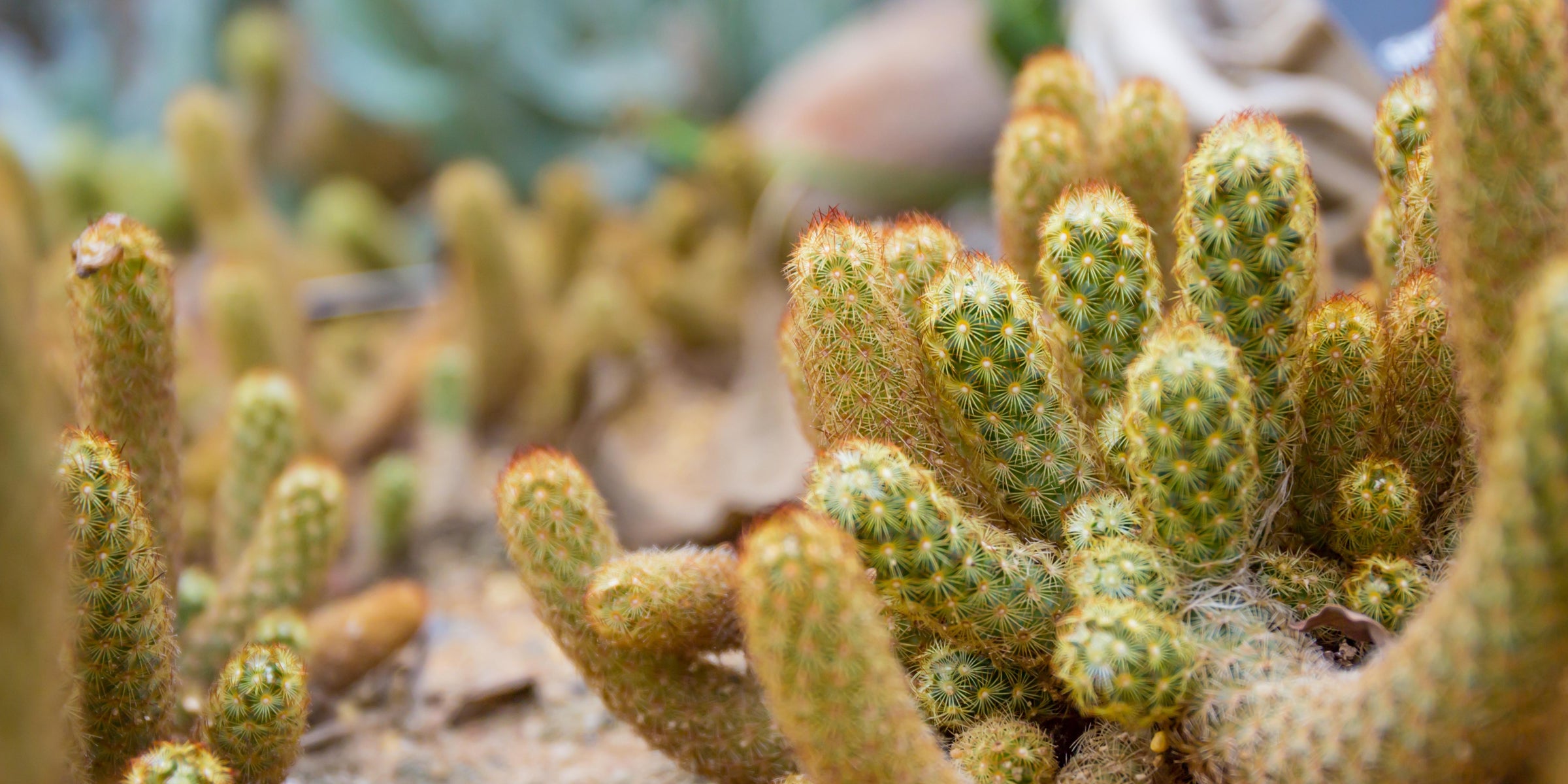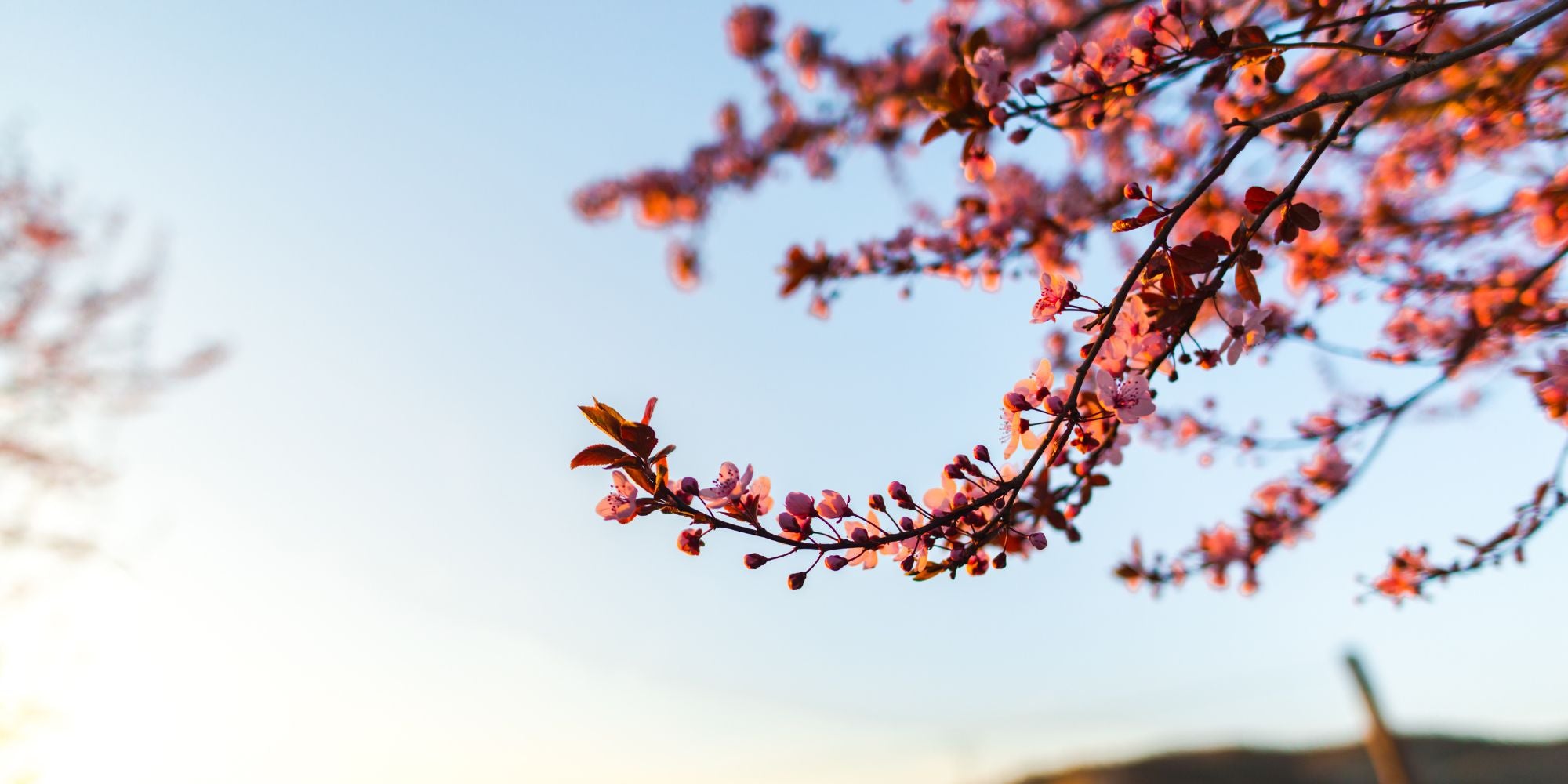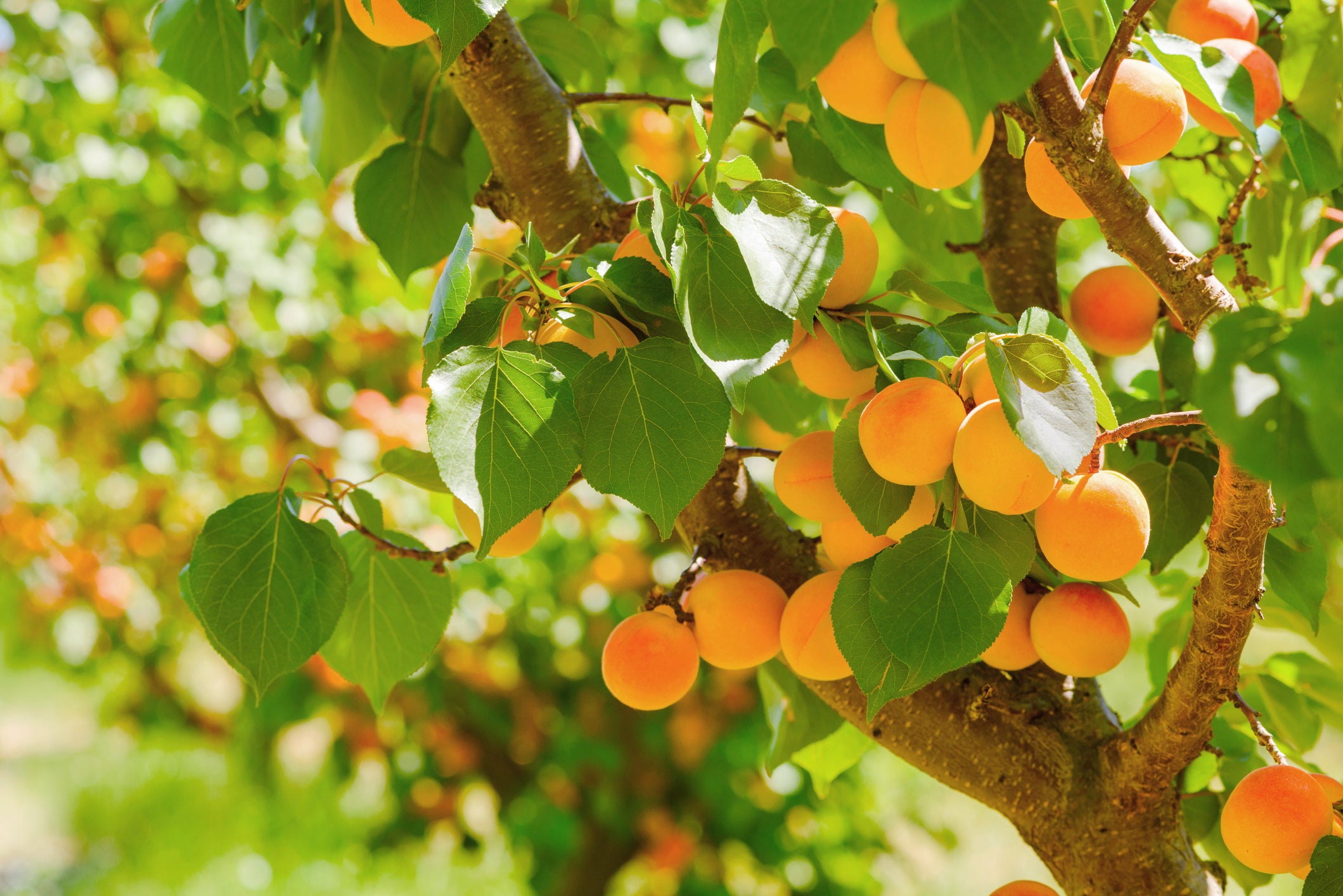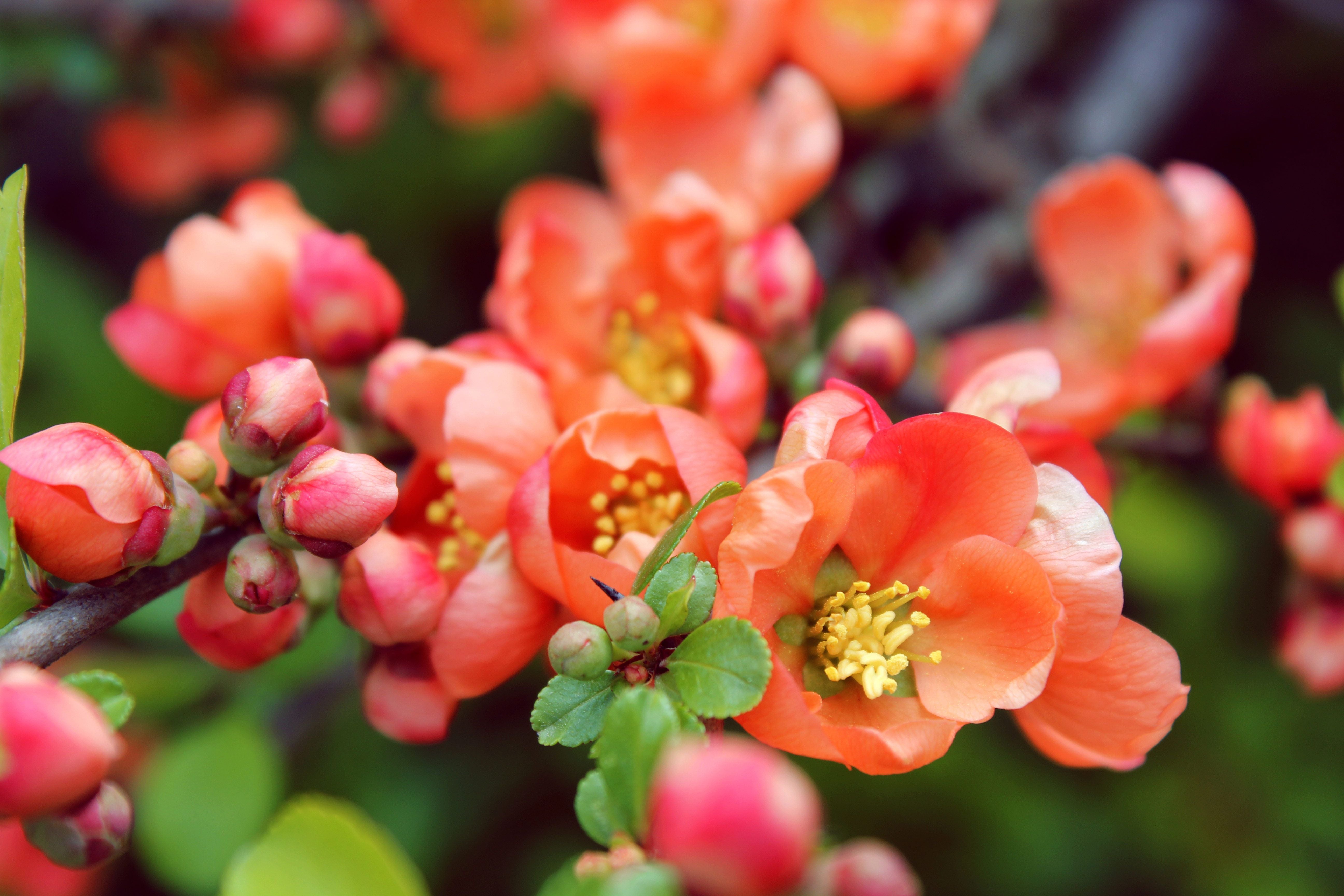Mammillaria elongata - Gold Lace Cactus or Lady Finger Cactus are spiky cacti that are beginner-friendly and can be grown as houseplants. A native to central Mexico, this small yet unique succulent belongs to the Cactaceae family and grows up to 8 inches in height. It develops dense clusters of cylindrical stems that bear brown-yellow spines. The Mammillaria elongata blooms in subtle white to pale yellow colors during the spring season. The flowers are small and arise in the upper half of the stems. You will find several yellow stamens and a stigma in the center of your finger plant.
![]() Full sun to partial sun. Bright light indoors.
Full sun to partial sun. Bright light indoors.
![]() Drought tolerant once established.
Drought tolerant once established.
![]() White / Yellow flowers, non-fragrant
White / Yellow flowers, non-fragrant
Hardiness zone for this plant: 9 - 11

TriStar Plants
Gold Lace Cactus


















